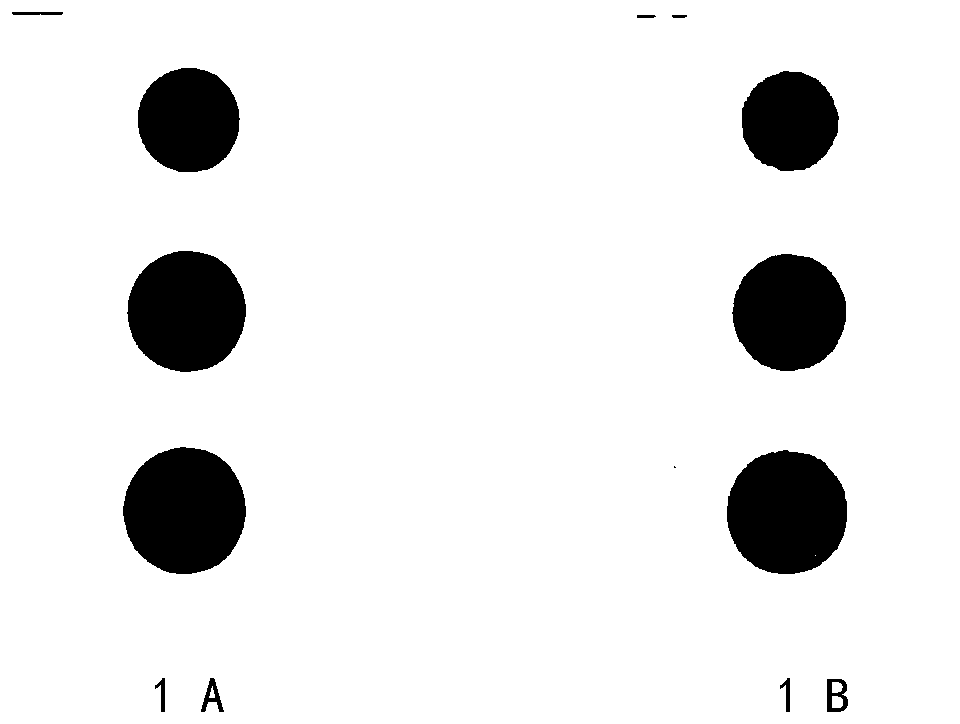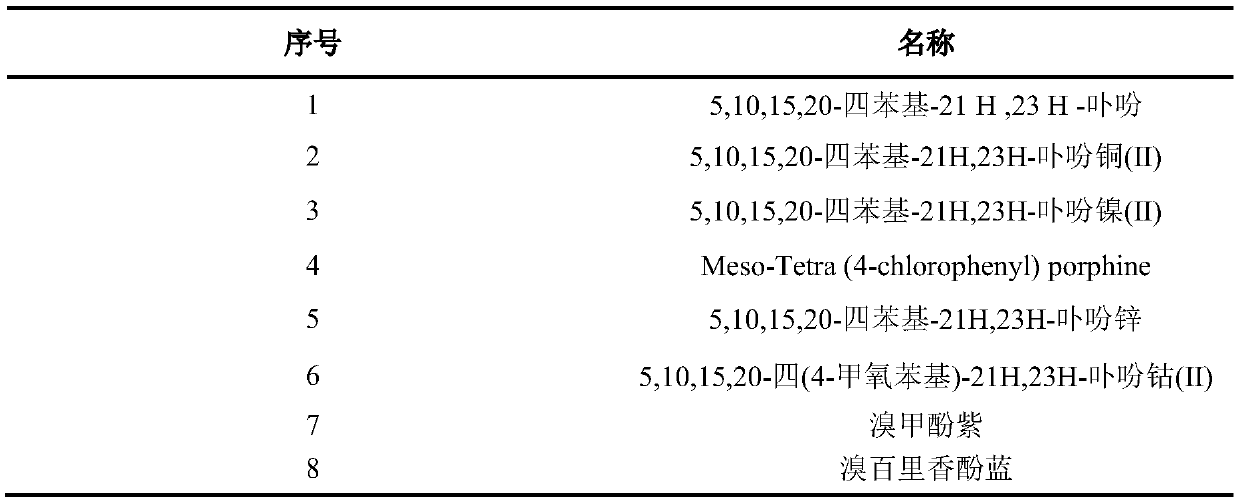Method for detecting hydrogen sulfide in pork based on nano color-sensitive biomimetic sensing technology
A sensing technology and detection method technology, applied in the field of hydrogen sulfide detection in pork with nanotechnology and color-sensitive bionic sensing technology, can solve problems such as few literature reports, and achieve improved stability, repeatability, and good stability , the effect of high sensitivity
- Summary
- Abstract
- Description
- Claims
- Application Information
AI Technical Summary
Problems solved by technology
Method used
Image
Examples
Embodiment Construction
[0020] In order to make the object, technical solution and advantages of the present invention clearer, the present invention will be further described in detail below in conjunction with the accompanying drawings and embodiments. It should be understood that the specific embodiments described here are only used to explain the present invention, not to limit the present invention.
[0021] (1) Preparation of ruthenium nanoparticles: first, weigh 12.3 mg of RuCl 3 55.5 mg of polyvinylpyrrolidone was dissolved in a 50 mL reactor containing 10 mL of ethylene glycol, and the above reactor was heated to 170 ° C until the color changed from dark red to dark brown. Subsequently, the above solution was added to a 50 mL centrifuge tube for centrifugation, the supernatant was removed, anhydrous acetone was added to wash for 3 times, and then dried to obtain a dark brown precipitate. Finally, dissolve the pellet in 625 µL of deionized water and sonicate to dissolve.
[0022] (2) Verifi...
PUM
 Login to View More
Login to View More Abstract
Description
Claims
Application Information
 Login to View More
Login to View More - R&D
- Intellectual Property
- Life Sciences
- Materials
- Tech Scout
- Unparalleled Data Quality
- Higher Quality Content
- 60% Fewer Hallucinations
Browse by: Latest US Patents, China's latest patents, Technical Efficacy Thesaurus, Application Domain, Technology Topic, Popular Technical Reports.
© 2025 PatSnap. All rights reserved.Legal|Privacy policy|Modern Slavery Act Transparency Statement|Sitemap|About US| Contact US: help@patsnap.com


